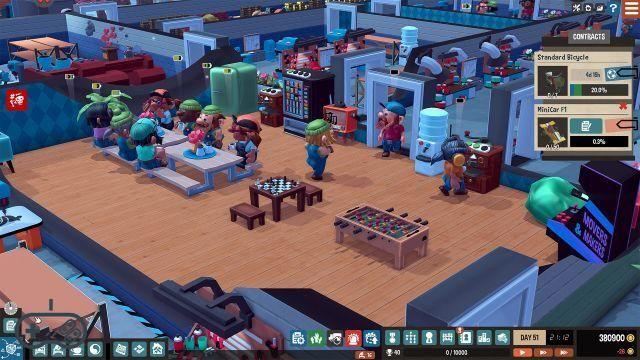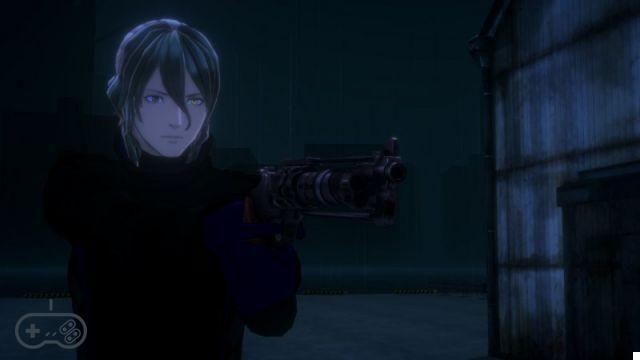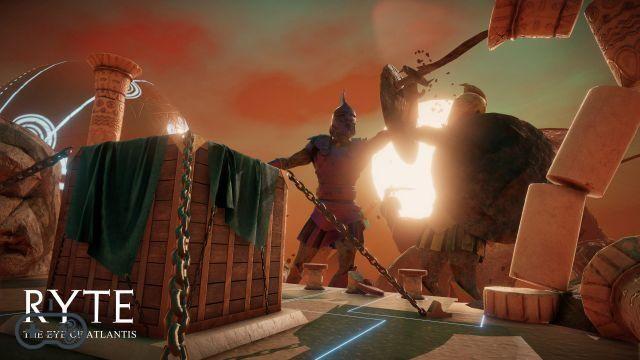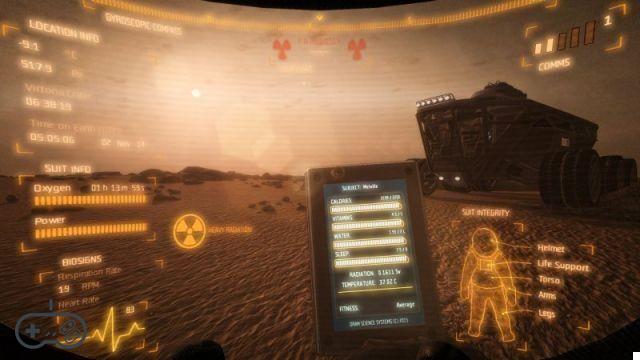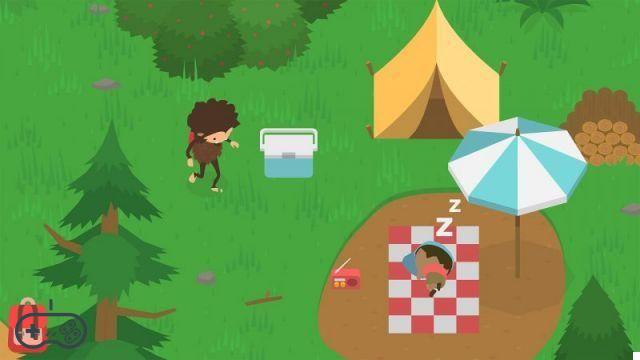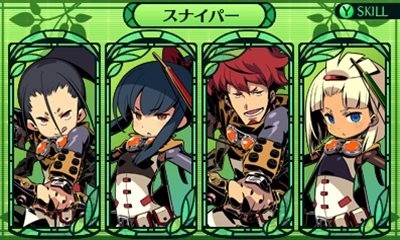With fifteen chapters under its belt (as many as Final Fantasy!) And a decent amount of spin-offs and remakes, Gust's Atelier series is one of the longest-running on the market, dating back as far as 1997 and the very first PlayStation. Paradoxically, it is also one of the least known, and for good reasons: it has never enjoyed great publicity and has always addressed a small niche of aficionados with very particular mechanics and tones. Not all the episodes have appeared in Europe, however it is since 2010 that we have not missed the annual appointment with the series: in this sense, Atelier Escha & Logy represents the first real step forward for the Gust brand, which is finally trying to get out of its niche, to reach out to a wider audience and shake off the clichés that accompany each release.
The new Gust Atelier is also aimed at those unfamiliar with the series, modernizing it to the right point
Eschatology
The original title of this Atelier contains a very clever play on words: the conjunction "and" in Japanese is written "to" and therefore the title literally becomes Atelier Escha to Logy. Eschatology is a theological philosophy which essentially reflects on the end of the world and on the destiny of humanity. And in fact, the adventure of Escha Malier and Logix "Logy" Fiscario starts from that inauspicious assumption: the first is the only alchemist - a classic - of the small village of Colseit while the second, an engineer, comes directly from Central City with a mysterious past but a very clear objective, and that is to shed light on the mysterious catastrophe that has brought the world to its knees.

The two protagonists then join the government's Research and Development section and will have to work together to increase prestige and, later, save the world. The story of Atelier Escha & Logy is set four years after that of Atelier Ayesha, but it is not necessary to have played the previous episode to understand the story given that the references and quotations are very few and superficial: indeed, for most of the history adventure there is very little and Gust, for some reason, has decided to condense it all in the last two chapters and close it with a good number of multiple endings. A good eighty percent of the story is therefore based on the numerous supporting actors and their micro-stories: on the one hand the desire to characterize them sufficiently is appreciated, on the other hand their exaggerated stereotypy leaves a bad taste in the mouth. To unite all the characters there is the universal theme - and repeated a little too often, to tell the truth - of dreams and the commitment to make them come true, appreciable but a little too abused especially in the RPGs of Japanese origin. Atelier Escha & Logy thus gains a rhythm and an atmosphere that make it more like a school anime: perhaps a little too carefree, it only takes flight at the end, when the most savvy players may have abandoned it in search of another jRPG with the most stimulating storyline.

Time flies
At the beginning of the adventure we are allowed to choose the protagonist between Escha and Logy: the slogans of the game suggest that the gameplay changes according to the chosen hero, but our impression was that the game remains as it is and that a change are only a few narrative sequences depending on the selected point of view.
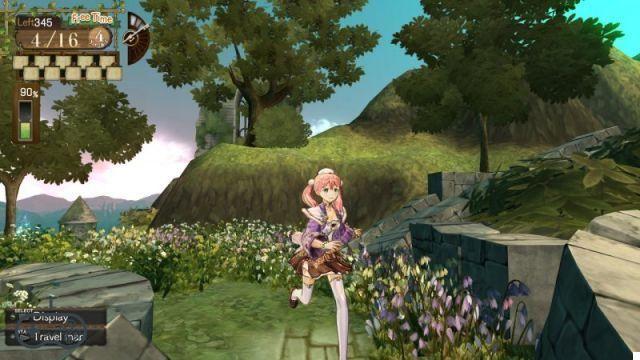
In other words, Atelier Escha & Logy behaves a bit like the recent Tales of Xillia, involving at least two playthroughs in order to grasp every nuance of the story. On the other hand, it is true that the two characters differ in their abilities as alchemists, with Escha specializing in mixtures and potions and Logy more accustomed to the manufacture of various weapons and equipment. Choosing one or the other, however, does not involve any kind of imbalance as regards the structure of the game which, as per tradition, makes "crafting" its backbone: it was precisely this characteristic that isolated the brand. in the niche we were talking about, which is why Gust has made an interesting and delicate turn to make the series breathe more. Alchemy is still fundamental in the progression: Logy and Escha will have to pass tests to continue in the story, and they will only have a few months to succeed.
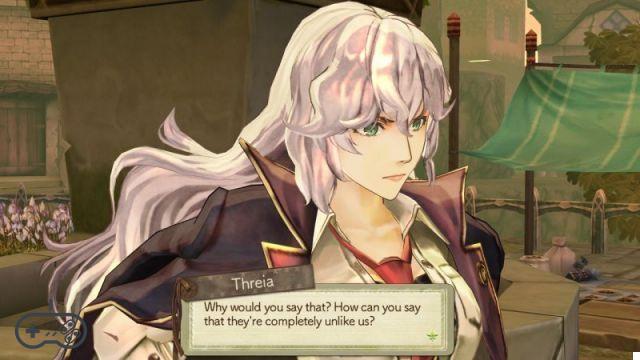
The time limit characteristic of the previous Ateliers is also present in the new installment, in the sense that each action or mission "consumes" a part of the time left before the deadline for completing the main mission in progress expires, which would entail disadvantages such as the loss of some rewards or certain endings. In this case, however, the conditions to be met are much softer and you can easily complete the main mission practically immediately and then dedicate yourself, for all the remaining time, to the various optional sidequests to increase our alchemical proficiency and get your hands on various bonuses. In any case, there is a lot to "craft", but the interface and mechanisms have been simplified and structured in order to make each step much easier and more intuitive than in the past. If alchemy was therefore extremely facilitated - something that could make the purists of the saga turn up their noses, at least until they realize how much more enjoyable it is now - the same cannot be said of the combat system, which has instead gained in depth.

PlayStation 3 Trophies
Fifty-three trophies by Atelier Escha & Logy: forty-two bronze, eight silver, two gold and platinum to culminate the collection. If for some it is enough to follow the story, for others it will be necessary to undertake to dissect both the alchemy and the combat system, collecting objects and facing monsters as much as possible.
Carpe Diem
Exploration is in fact a key moment in the adventure, not only because it is necessary to continue in history and to obtain some of the rarest materials for our alchemical concoctions, but also because it is during our wanderings through caves and forests that we will meet the enemies: a contact with their polygonal model will result in a change of scene and the entrance of our party on the battlefield. Despite what one would expect after playing the previous Ateliers, the combat system of Atelier Escha & Logy is surprisingly interesting and refined, based on a curious mix of shifts and real time: The main party is made up of three characters, supported by up to three support companions.
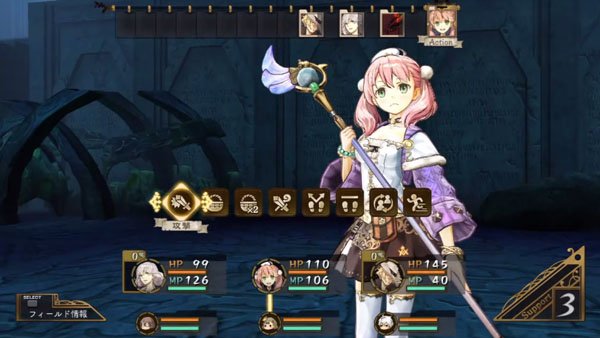
Each attack inflicted or received loads a special indicator which, in essence, can be consumed to make the supporting characters intervene during the turn of those in the front row. The possible actions are assigned to the joypad keys, thus entailing not only the direct intervention of the player but also a good degree of strategy: loading the indicator to make several characters attack in sequence triggers a powerful special blow by the last fighter , but it also means sacrificing any defensive boost in favor of a character in difficulty. Alchemy also plays an important role in the economy of combat because weapons can be infused with natural elements that inflict more or less damage on enemies and also because it is possible to build countless bombs and chemicals capable of weakening opponents and applying conditions. negative of all kinds.
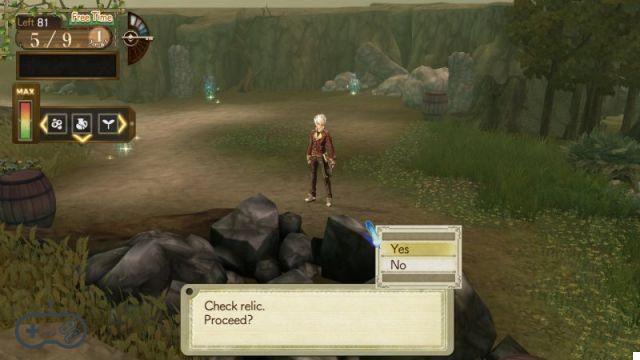
Players who have become familiar with the mechanics of the Gust title will be able to dominate the battlefield from the very beginning, and they will have less problems when, suddenly, the difficulty level increases exponentially towards the last hours of the game, causing quite a few frustrations. The veterans of the franchise, in short, may feel at home up to a certain point, but fortunately they will recognize in Atelier Eschy & Logy the Gust that they have learned to appreciate also from a technical point of view, with its great attention to detail and delicacy. of the traits used to bring the game's world and characters to life. Also in this case the balance is not exactly perfect, with the variety of locations that forgive their linearity and the obsessive attention paid to clothing and details offset by slightly woody animations, a dancer frame rate and a decidedly palette. more faded than that of the previous Atelier Ayesha, even if the latter - probably - was a deliberate choice and does not affect an overall satisfying cartoon look. The sound accompaniment closes the circle: a beautiful soundtrack with inspired and catchy songs, but also an incomplete and questionable English dubbing in terms of acting. Fortunately, Gust surprised the western territories with the possibility of setting the Japanese audio: we hope it is the new rule and not a simple exception.
Comment
Resources4Gaming.com7.7
Readers (8)7.9
Your voteAtelier Escha & Logy may not be the best jRPG on the square, but it is definitely enjoyable and manages to stand out from previous episodes with a renewed structure - although not upset - which makes it the ideal starting point for all those who do not know the brand Gust or that have been moved away from the all too particular gameplay of the previous Ateliers. On balance, Atelier Esca & Logy is the turning point that the series really needed and, despite some flaws, that goal has been fully achieved.
PRO
- Also suitable for those unfamiliar with the Gust series
- Well thought out combat system
- Alchemy improved and simplified to the right point
- Plot not really engaging
- Some technical uncertainty
- Stay away if you don't know English




